What is the difference between Delta T500C and Delta T600C in relation to heat output? Delta T500C is the European recognized standard for calculating heat outputs. This typically assumes a boiler flow temperature of 750C, a return of 650C and a room temperature of 200C. This is applicable to most domestic heating systems. Similarly, Delta T600C typically assumes a boiler flow temperature of 850C, a return of 750C and a room temperature of 200C. This means that for most domestic applications, a heat output listed at Delta T600C needs to be multiplied by 0.79 to convert it to Delta T500C, so as to make the heat output that can be achieved more accurately.
What is Delta T? Delta T (Δt ) is the difference between the desired ambient air temperature in the room (if in doubt use 20ºC) and the mean water temperature in the radiator. To calculate the mean water temperature in the radiator, add the water temperature at the inlet to the radiator, to the water temperature at the outlet from the radiator and divide by 2.
As an example: You wish to have an ambient air temperature of 21ºC in your bathroom. The water coming in to the radiator is at 50ºC, by the time it’s passed through the radiator it is down to 42ºC. The mean water temperature is therefore (50+42)/2 = 46ºC. To calculate the Delta T, subtract 21 from 46; the DeltaT is therefore 25ºC. A Delta T of 50ºC is shown in the Eskimo price lists. If your Delta T is not 50ºC then you will need to apply a correction factor to the heat outputs shown in the price lists – see the list of correction factors download.
Another example: Say you have a Delta T30 at your property. But you need to achieve 1300 watts for the space. You go to 30 on the correction factor list. It states 0.59. Simply take 1300/0.59 = 2203 watts. So you’ll need an Eskimo radiator that has an output of 2203 watts @ Delta T50, in order to meet 1300 watts @ Delta T30.
Click here to get download a list of correction factors.

